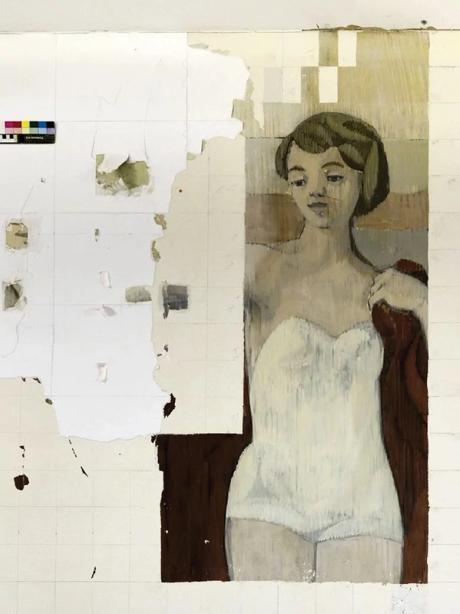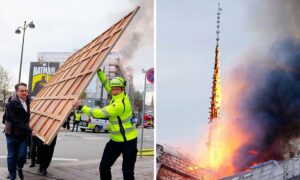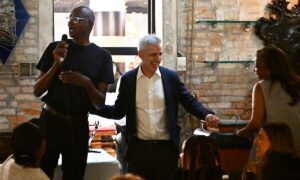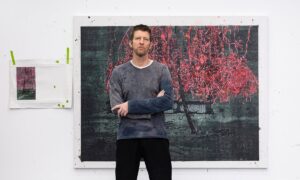
A mural that Gerhard Richter painted as a student at Dresden University of Fine Arts is to go back on public display, 45 years after it was painted over and almost forgotten.Richter painted it in 1956 in a stairwell and foyer at the German Hygiene Museum. When the museum first asked him whether it could expose and display the painting in 1994, he said no, arguing that “the mural is not one of the artworks most worth keeping in the world”.But when the German Hygiene Museum asked him again—nearly 30 years later, in 2022—he agreed.“He is going to be 92 soon. At that age you see some things differently and you are more relaxed about many things,” says Dietmar Elger, the head of the Gerhard Richter Archive. (Richter’s birthday was on 9 February.)Richter has always carefully controlled which works “count” as his oeuvre. His online catalogue says he began painting “officially” in 1962 and the first work listed, Table, dates from that year. He destroyed most of his earlier paintings in a fire in the courtyard of the Düsseldorf Art Academy after he fled East Germany in 1961.But the mural survived. The work, Lebensfreude (joy of life), shows groups of figures engaged in everyday or leisure activities. In a 1956 essay, Richter said the mood should be “festive and cheerful, joyful but also calming, clear and factual.” According to Elger, it is an “ideological expression of a joyful socialist society, freed from fascism”.The part of the mural that is to be exposed first shows a family of three on the beach; the museum plans to uncover other parts later if the condition of the wall allows, but says a decision will be made after the first stage is completed, probably in October this year.Socialist Realism, the favoured formAt the time it was painted, the style of art desired by the communist regime in East Germany was Socialist Realism “and the Dresden academy was particularly obedient”, Richter has said. “It became increasingly rigid,” he said. “For example, books about Impressionist art and later could no longer be lent out because that’s when bourgeois decadence began.”Lebensfreude secured Richter a three-year doctoral grant, including his own studio at the university. But a visit to the Documenta exhibition in the West German city of Kassel in 1959 opened new artistic horizons and raised his awareness of the freedoms artists enjoyed in the Western world. He defected in 1961.Richter’s escape was a factor in the 1979 decision by the East German heritage authorities to paint over the mural on the grounds that “this student work should not be accorded any artistic significance”.From 9 March, visitors are invited to watch through Plexiglass as restorers remove the paint covering the mural in the context of a temporary exhibition about the museum’s history in the communist era. “The public might interpret the ongoing restoration work as a metaphor for the process of uncovering layers of history and giving new perspectives on a chapter of East German history,” the museum says.The German Hygiene Museum was founded by a mouthwash manufacturer in 1912 but now describes itself as a “museum of the human experience”. The €220,000 costs of the restoration project are jointly funded by the museum, the Wüstenrot Foundation, the Dresden University of Fine Arts and the Ernst von Siemens Art Foundation.


























